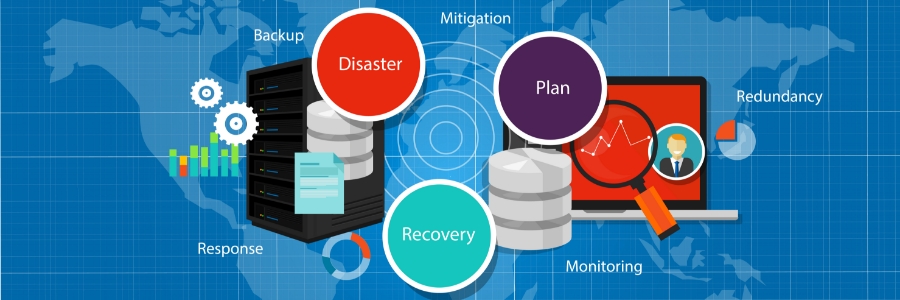Imagine this: a hurricane is on the horizon, and you're scrambling to protect your business. Don't get caught off guard! Here's a straightforward guide to creating a hurricane disaster recovery plan that will safeguard your company, your employees, and your valuable data.
Essential steps for hurricane disaster recovery
Mistakes business owners must avoid when making a disaster recovery plan

Did you know that a staggering 60% of small businesses hit by cyberattacks close their doors within six months after an attack? This stark statistic highlights the critical need for a robust disaster recovery plan (DRP). Unfortunately, even the most well-meaning organizations can fall victim to threats due to common mistakes that leave them vulnerable to downtime, data loss, and expensive recovery efforts.
A guide to planning your disaster recovery budget

Businesses are becoming increasingly vulnerable to a wide range of disasters, both natural and man-made. From hurricanes and floods to cyberattacks and power outages, disasters can have a devastating impact on a company's bottom line. One of the most important things a company can do to protect itself from the financial consequences of a disaster is to develop a disaster recovery plan (DRP). A DRP is a set of procedures and processes that will help a company get back up and running as quickly as possible after a disaster.
Disaster recovery plan: Key steps to protect your business

Disasters can strike at any time, putting your valuable data at risk and dealing catastrophic damage to your bottom line. But by following a few simple steps in creating a disaster recovery plan (DRP), you can safeguard your business from data loss events and ensure that your information remains secure in the face of any potential disaster.
Debunking the 3 biggest myths about disaster recovery
A guide to developing an effective data backup plan

From earthquakes to wildfires to cyberattacks, disasters could strike at any time and cause considerable damage to California businesses. Unfortunately, small- to medium-sized businesses tend to be the most vulnerable. According to Ready.gov, 75% of businesses without a disaster preparation and continuity plan will be forced to close their doors within three years of experiencing an earthquake.



